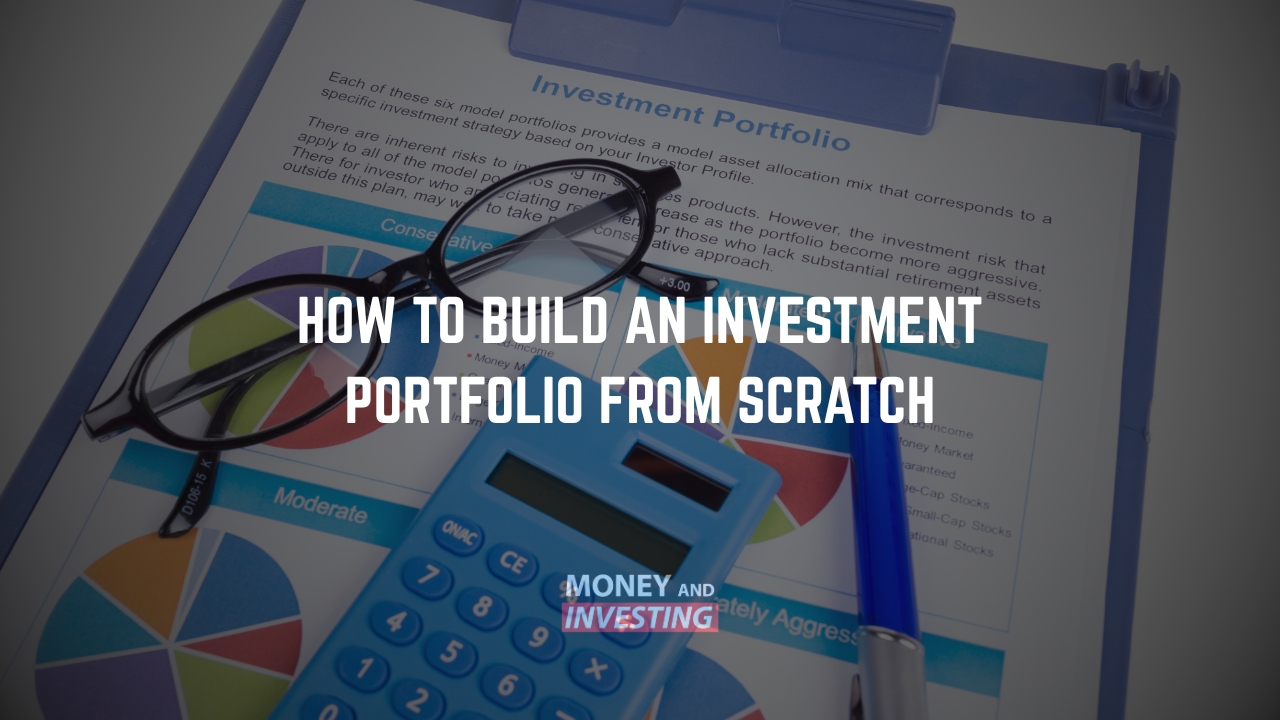
Starting your investment journey from zero can feel overwhelming. But whether you're beginning with $5,000 or $100,000, building an investment portfolio the right way can set you up for long-term financial success. The key lies in setting clear financial goals, understanding your risk tolerance, and selecting the right investment tools to match your strategy.
Step 1: Set Clear and Measurable Financial Goals
Successful financial planning begins with defined, achievable, and measurable goals. Simply aiming to "make money" is too vague. Ask yourself: Are you investing for income, capital growth, or a combination of both? Do you prefer an active or passive investing style?
Income-focused investors may favor dividend-paying stocks, while growth-oriented investors might opt for companies with strong capital appreciation potential. Clarifying your objectives will help you develop a tailored investment strategy that suits your lifestyle and ambitions.
Step 2: Understand and Align with Your Risk Appetite
Knowing your risk tolerance is just as critical as setting goals. Conducting a risk assessment—available online or through financial advisors—can help you determine whether you're conservative, moderate, or aggressive in your investment approach.
For example, conservative investors seeking long-term wealth accumulation may need to temper expectations for high short-term returns. Risk management isn't only about seeking rewards; it's also about preparing for the market's inherent uncertainties.
If you're investing with a spouse or partner, consider differences in age, retirement timelines, and risk tolerance. Aligning strategies and maintaining open communication is essential to build a cohesive financial plan.
Step 3: Choose the Right Investment Vehicles
Once goals and risk levels are defined, you can select investment tools that align with your strategy:
- Direct Shares: Ideal for investors who want control but require active research and monitoring.
- ETFs (Exchange-Traded Funds): Great for diversified, low-cost exposure to sectors or indices, ideal for passive investors.
- Options: Complex but potentially rewarding, options strategies can be used for either income or growth.
Income investors may benefit from dividend-paying stocks, while growth seekers may lean toward capital appreciation. Understanding dividend yield and market behavior is essential in both cases.
Step 4: Diversify Your Portfolio for Stability and Growth
Diversification is crucial for minimizing risk and optimizing returns. A popular model is the 80/20 rule: allocate 80% of your capital to stable investments and 20% to higher-risk assets. This approach balances growth potential with portfolio stability.
Sector-specific ETFs (e.g., airlines or technology) are suitable for niche interests, while broader market ETFs cater to passive investors. Incorporating options strategies like covered calls can also add income layers to your portfolio.
Step 5: Monitor and Adjust Your Portfolio Regularly
Building a portfolio is only the beginning. Regular oversight is essential. Avoid over-managing (reacting emotionally to market swings) or under-managing (ignoring underperforming assets). Evaluate performance at set milestones and be willing to rebalance when necessary.
Avoid diversifying for the sake of variety alone. Every investment in your portfolio should have a strategic purpose.
Step 6: Educate Yourself and Seek Expert Support
Investing without financial literacy is risky. Learning the fundamentals of investing, risk management, and asset allocation can save you from costly mistakes. Use transparent, reliable platforms and take advantage of educational tools, reports, and expert advisory services.
Working with experienced financial professionals can guide you through complex decisions and strengthen your confidence in your portfolio’s long-term plan.
Final Thoughts: Start Building Today
Crafting a successful investment portfolio begins with clearly defined goals, an honest understanding of your risk tolerance, and a well-thought-out allocation strategy. Whether you're focused on capital preservation or wealth accumulation, discipline and informed decision-making are essential.
The earlier you start, the more time your investments have to grow. Start building your portfolio today—your future self will thank you.
Comments
Post a Comment